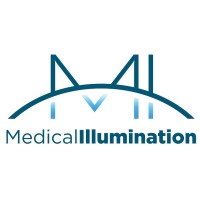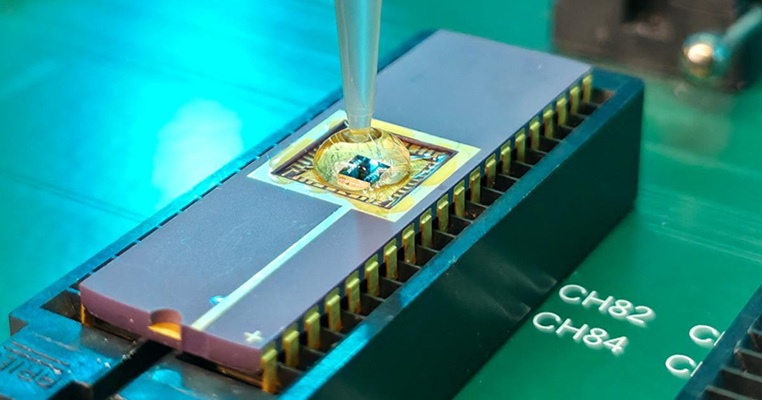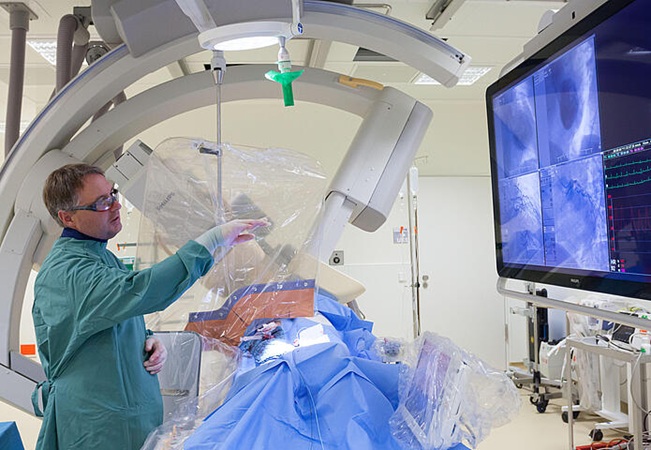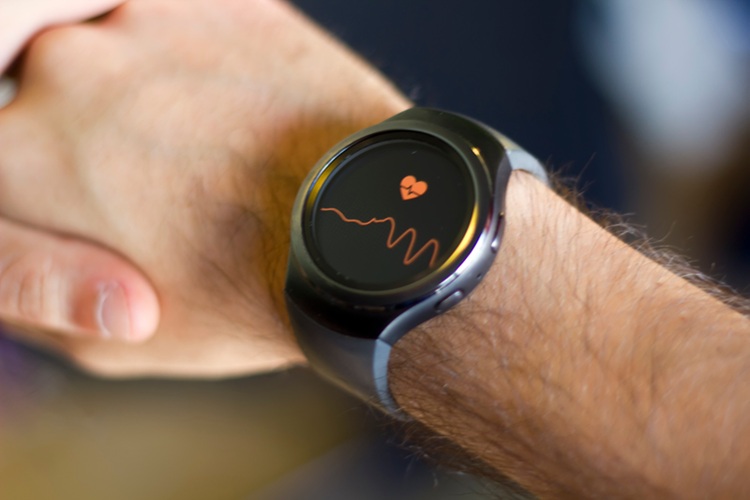RFID Tags Found to Interfere With Hospital Equipment
|
By HospiMedica staff writers Posted on 07 Jul 2008 |
A new study claims that radio frequency identification devices (RFIDs), increasingly being used in hospitals to identify patients and track medical supplies, are interfering with medical equipment such as pacemakers and ventilators, and may be putting patient safety, and sometimes lives, at risk.
Researchers at the University of Amsterdam (The Netherlands) tested a total of 41 medical devices such as ventilators, syringe pumps, dialysis machines, and pacemakers, in 17 different categories from 22 different manufacturers during May 2006. The researchers used two types of RFID equipment, active and passive (active RFID tags transmit information whereas the passive type of RFID has to be read by a special receiver). Incidents of interference were classed into three types: hazardous, significant, or light.
The researchers found that in 123 tests (3 per medical device), RFIDs induced 34 incidents. Of these, 22 were classified as hazardous, 2 as significant, and 10 as light. The passive (868-MHz) RFID signal induced more incidents (26 incidents in 41 tests; 63%) compared with the active (125-kHz) RFID signal (8 incidents in 41 tests; 20%). The passive RFID signal interfered with 26 medical devices, including 8 that were also affected by the active RFID signal. The median distance between the RFID reader and the medical device in all incidents was 30 centimeters. The researchers recommended that implementation of RFID in the critical care environment should require on-site electromagnetic interference (EMI) tests and updates to current international standards. The study was published in the June 24, 2008, issue of the Journal of the American Medical Association (JAMA).
"The findings should not dissuade hospitals from using a technology but they underscore the need to make sure wireless signals are safe for patients,” said co-author Erik Jan van Lieshout, M.D. "We don't want to induce a ban on RFID in healthcare because it has real potential; but like other wireless signals it could endanger your equipment, and thus your patient.”
Related Links:
University of Amsterdam
Researchers at the University of Amsterdam (The Netherlands) tested a total of 41 medical devices such as ventilators, syringe pumps, dialysis machines, and pacemakers, in 17 different categories from 22 different manufacturers during May 2006. The researchers used two types of RFID equipment, active and passive (active RFID tags transmit information whereas the passive type of RFID has to be read by a special receiver). Incidents of interference were classed into three types: hazardous, significant, or light.
The researchers found that in 123 tests (3 per medical device), RFIDs induced 34 incidents. Of these, 22 were classified as hazardous, 2 as significant, and 10 as light. The passive (868-MHz) RFID signal induced more incidents (26 incidents in 41 tests; 63%) compared with the active (125-kHz) RFID signal (8 incidents in 41 tests; 20%). The passive RFID signal interfered with 26 medical devices, including 8 that were also affected by the active RFID signal. The median distance between the RFID reader and the medical device in all incidents was 30 centimeters. The researchers recommended that implementation of RFID in the critical care environment should require on-site electromagnetic interference (EMI) tests and updates to current international standards. The study was published in the June 24, 2008, issue of the Journal of the American Medical Association (JAMA).
"The findings should not dissuade hospitals from using a technology but they underscore the need to make sure wireless signals are safe for patients,” said co-author Erik Jan van Lieshout, M.D. "We don't want to induce a ban on RFID in healthcare because it has real potential; but like other wireless signals it could endanger your equipment, and thus your patient.”
Related Links:
University of Amsterdam
Latest Patient Care News
- Revolutionary Automatic IV-Line Flushing Device to Enhance Infusion Care
- VR Training Tool Combats Contamination of Portable Medical Equipment
- Portable Biosensor Platform to Reduce Hospital-Acquired Infections
- First-Of-Its-Kind Portable Germicidal Light Technology Disinfects High-Touch Clinical Surfaces in Seconds
- Surgical Capacity Optimization Solution Helps Hospitals Boost OR Utilization

- Game-Changing Innovation in Surgical Instrument Sterilization Significantly Improves OR Throughput
- Next Gen ICU Bed to Help Address Complex Critical Care Needs
- Groundbreaking AI-Powered UV-C Disinfection Technology Redefines Infection Control Landscape
- Clean Hospitals Can Reduce Antibiotic Resistance, Save Lives
- Smart Hospital Beds Improve Accuracy of Medical Diagnosis
- New Fast Endoscope Drying System Improves Productivity and Traceability
- World’s First Automated Endoscope Cleaner Fights Antimicrobial Resistance
- Portable High-Capacity Digital Stretcher Scales Provide Precision Weighing for Patients in ER
- Portable Clinical Scale with Remote Indicator Allows for Flexible Patient Weighing Use
- Innovative and Highly Customizable Medical Carts Offer Unlimited Configuration Possibilities
- Biomolecular Wound Healing Film Adheres to Sensitive Tissue and Releases Active Ingredients
Channels
Critical Care
view channel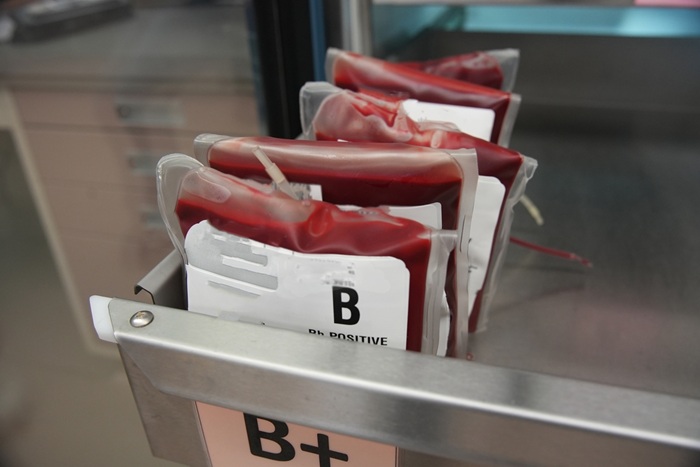
Earlier Blood Transfusion Could Reduce Heart Failure and Arrhythmia in Heart Disease Patients
Blood loss during or after surgery can place significant stress on people with heart disease, increasing the risk of dangerous complications. Transfusions are often delayed until hemoglobin levels fall... Read more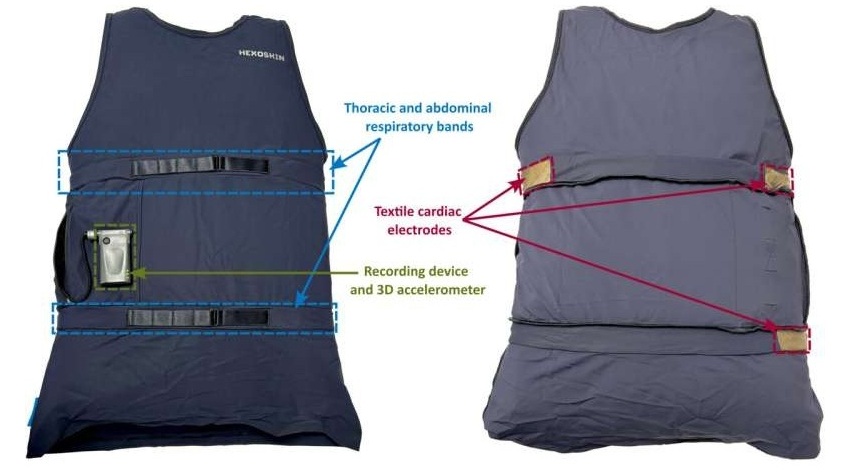
'Smart' Shirt Detects Epileptic Seizures in Real Time
Epilepsy affects roughly one in every 100 people worldwide, causing seizures that can range from subtle episodes to severe convulsions and loss of consciousness. These events arise from excessive electrical... Read moreSurgical Techniques
view channelAblation Reduces Stroke Risk Associated with Atrial Fibrillation
Atrial fibrillation (AFib) greatly increases the risk of stroke, blood clots, heart failure, and death, and millions of people in the U.S. are expected to be affected in the coming years.... Read more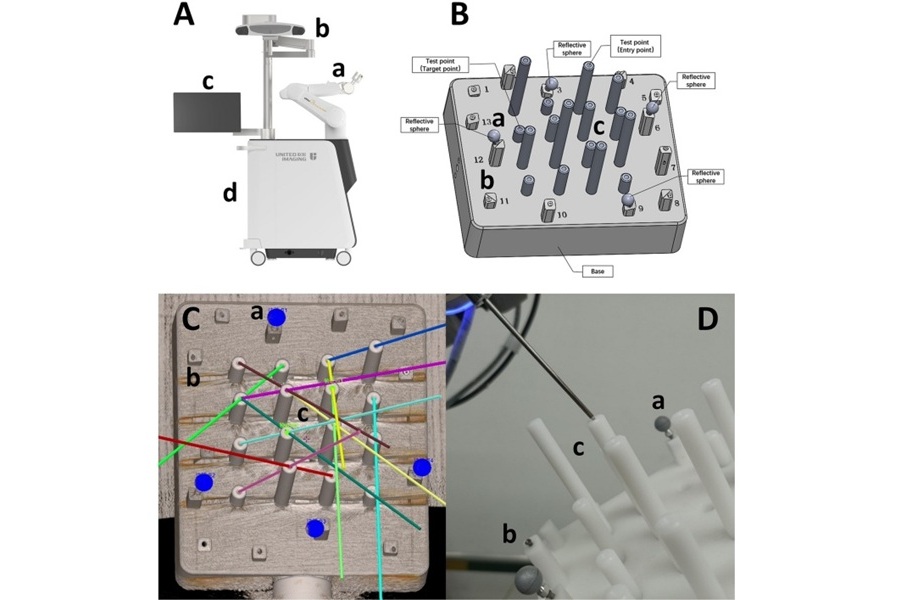
Optical Tracking Method Identifies Target Areas in Robot-Assisted Neurosurgery
Epilepsy occurs when nerve cells misfire and produce uncontrolled electrical bursts in the brain, leading to seizures. While most patients respond to medication, about 30% require more advanced intervention.... Read moreHealth IT
view channel
Printable Molecule-Selective Nanoparticles Enable Mass Production of Wearable Biosensors
The future of medicine is likely to focus on the personalization of healthcare—understanding exactly what an individual requires and delivering the appropriate combination of nutrients, metabolites, and... Read moreBusiness
view channel
Philips and Masimo Partner to Advance Patient Monitoring Measurement Technologies
Royal Philips (Amsterdam, Netherlands) and Masimo (Irvine, California, USA) have renewed their multi-year strategic collaboration, combining Philips’ expertise in patient monitoring with Masimo’s noninvasive... Read more
B. Braun Acquires Digital Microsurgery Company True Digital Surgery
The high-end microsurgery market in neurosurgery, spine, and ENT is undergoing a significant transformation. Traditional analog microscopes are giving way to digital exoscopes, which provide improved visualization,... Read more
CMEF 2025 to Promote Holistic and High-Quality Development of Medical and Health Industry
The 92nd China International Medical Equipment Fair (CMEF 2025) Autumn Exhibition is scheduled to be held from September 26 to 29 at the China Import and Export Fair Complex (Canton Fair Complex) in Guangzhou.... Read more










